Military
Defense Spending Is on the Rise and These Are the Most Massive Warships in the World Today
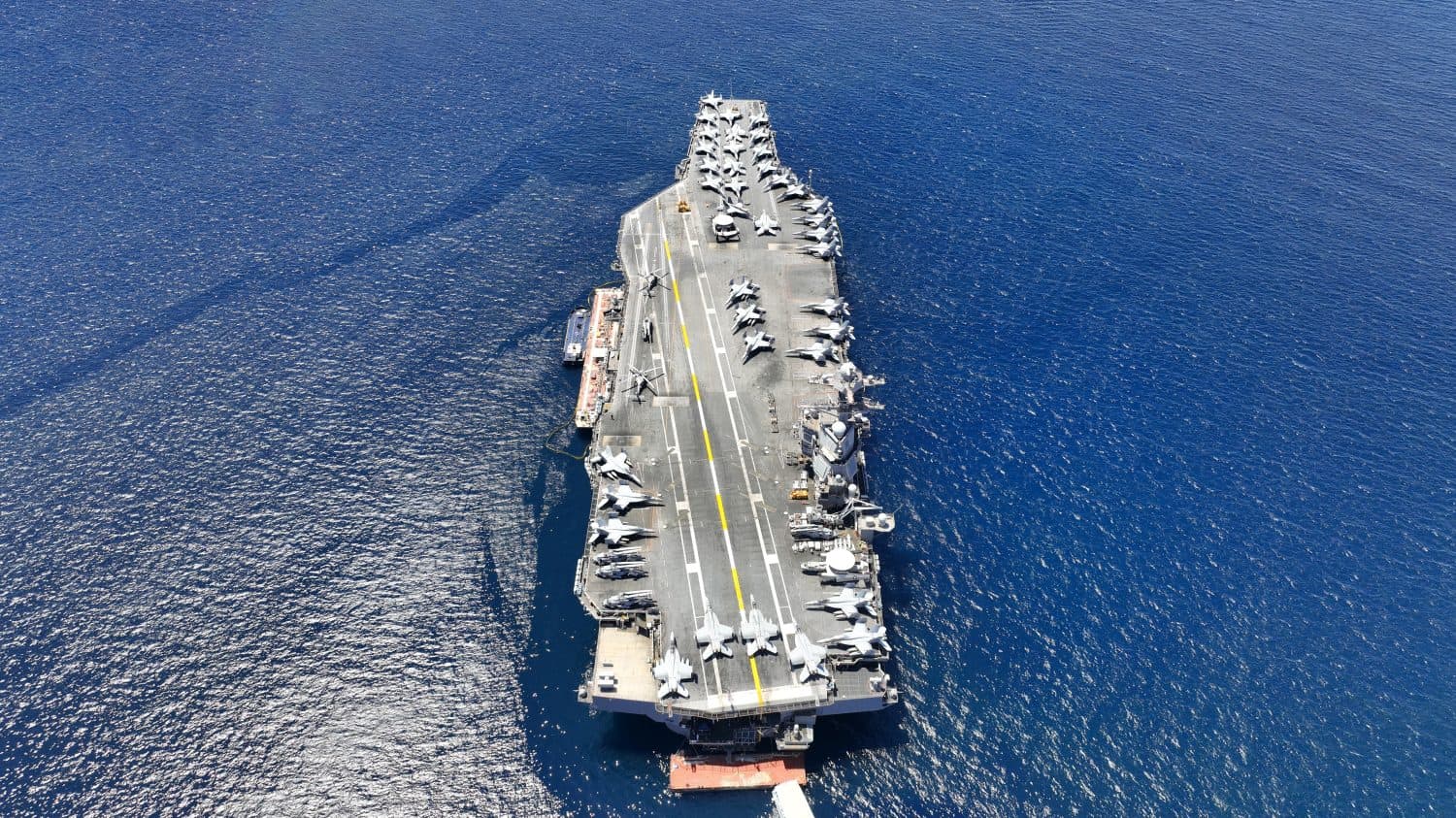
Published:

One thing is certain, as naval ships have only gotten larger and larger throughout naval history. Whether it’s to carry more troops or add more weapons, the history of maritime warfare has often been determined by who has more firepower available, which leads to larger ships. Today’s ships have only gotten more capable as the needs of their countries require more weapons and manpower.
Some of the largest ships in the world belong to the navies of nations like the United States, China, and France. Aircraft carriers are considered the largest naval vessels of all time. Only one country outside the United States uses nuclear power for its aircraft carriers. Retiring early is possible, and may be easier than you think. Click here now to see if you’re ahead, or behind. (Sponsor)
Key Points
While you can argue that bigger is not always better in many military situations, the Navy might beg to differ. Of course, this leads directly to which nations currently have the most massive warships afloat. As the United States aircraft carrier fleet could make up the bulk of this list, we’ll also include ships from nations with the appropriate production capabilities to build massive warships.
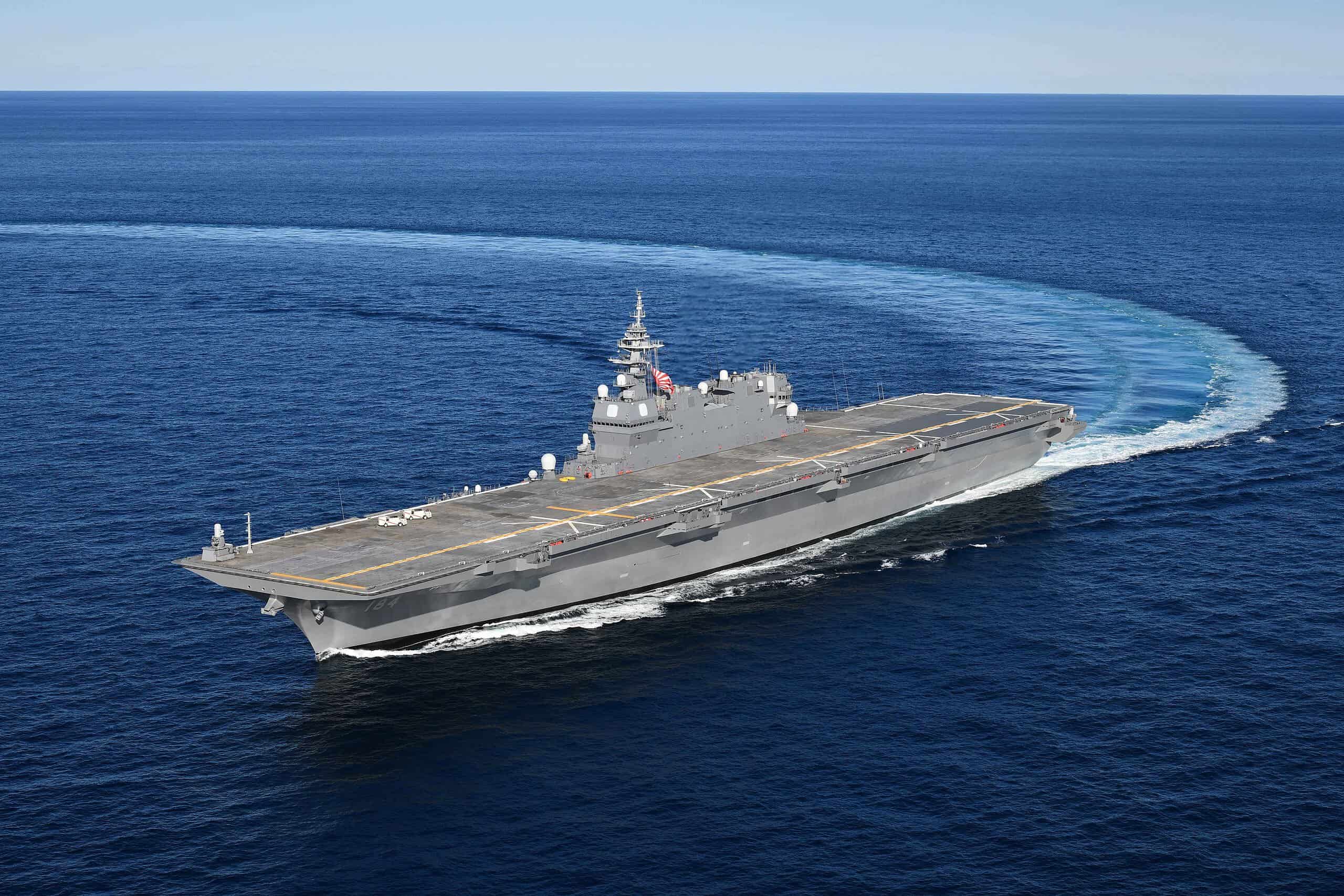
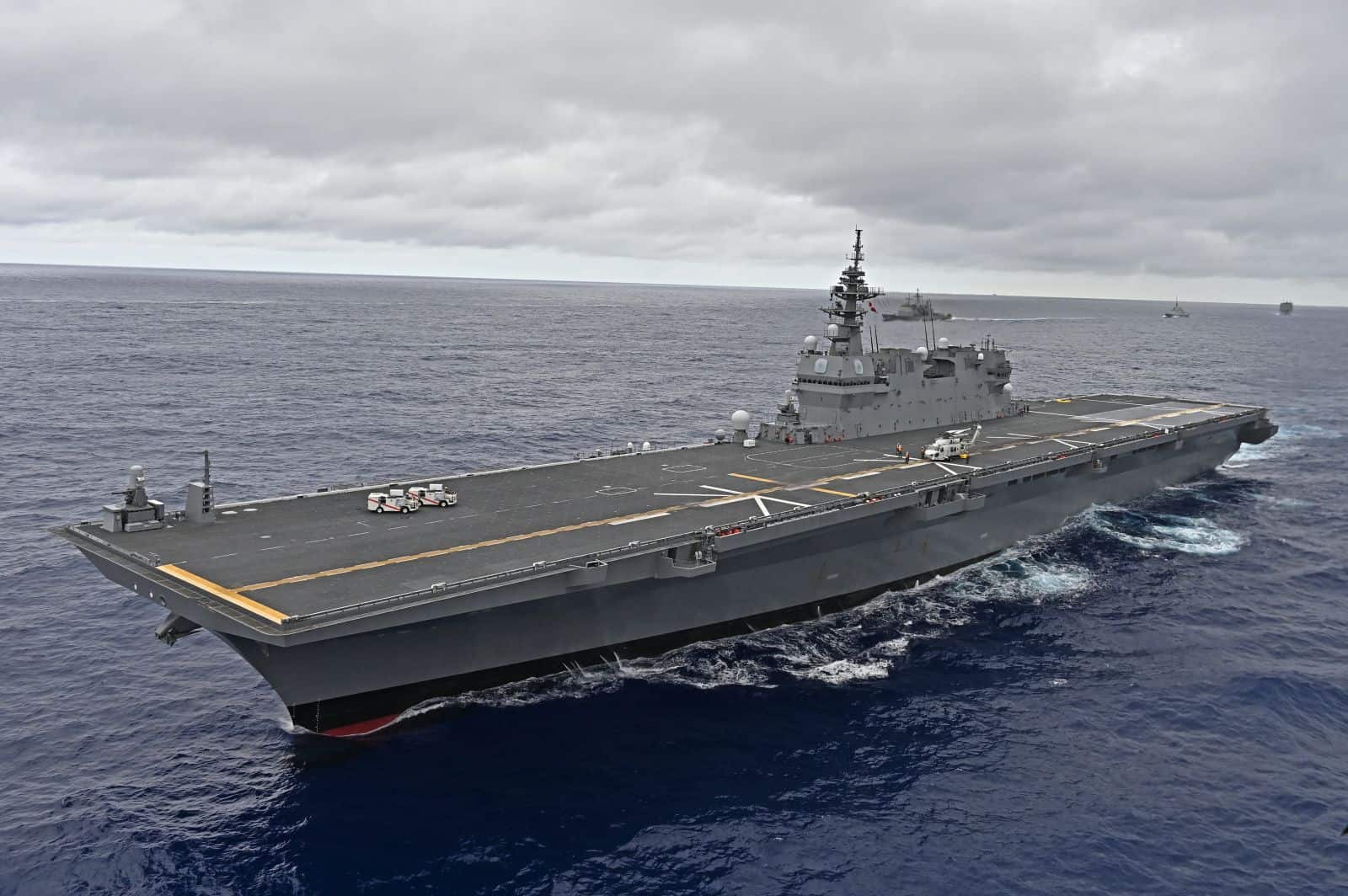
While the JS Kaga is currently undergoing revisions into a light aircraft carrier scheduled to be completed in 2027, it is still an active part of the Japanese fleet. Once updates are completed, the Kaga will be able to launch aircraft such as the F-35B and other fixed-wing aircraft. Powered by four gas turbine engines, the Kaga can hit a top speed of 30 knots. If the Kaga were to ever come under attack, it can defend itself using 2 Phalanx CIWS weapons and two other SeaRAM CIWS.
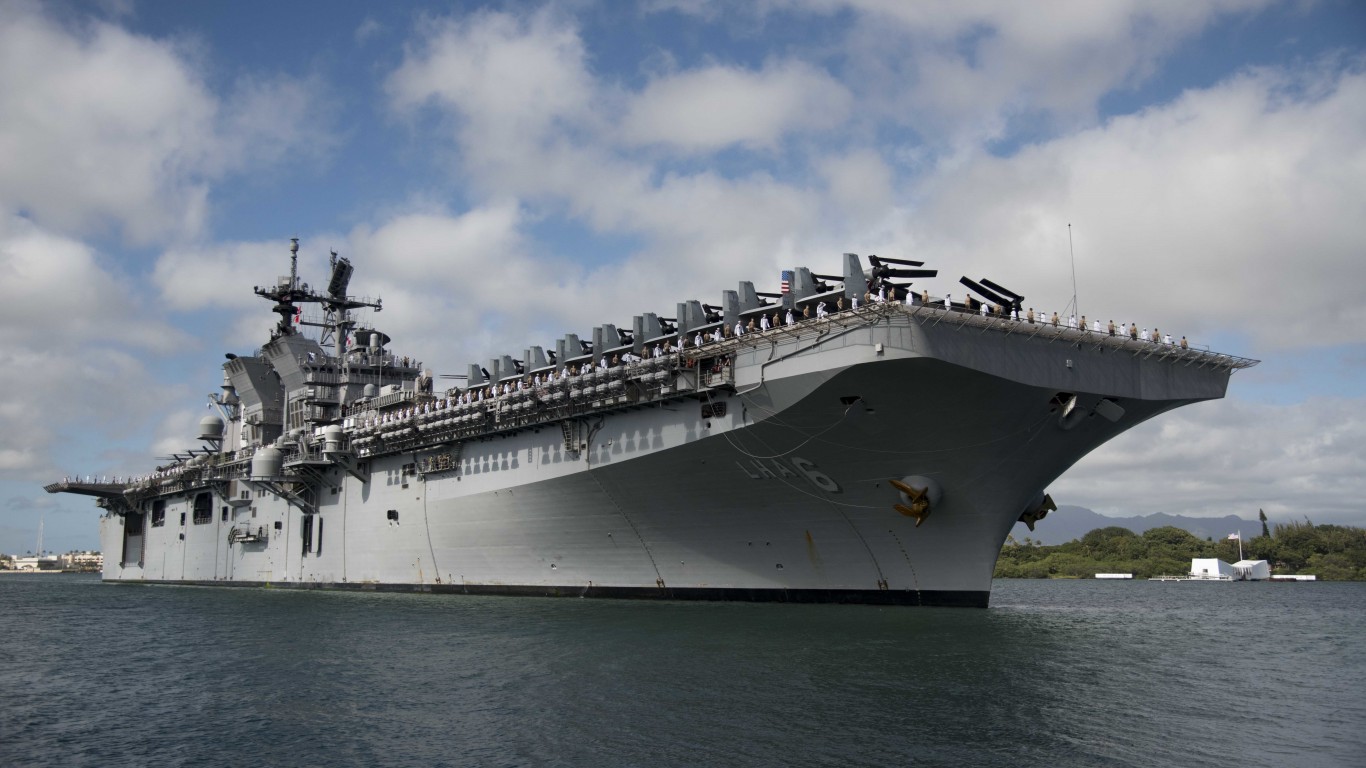
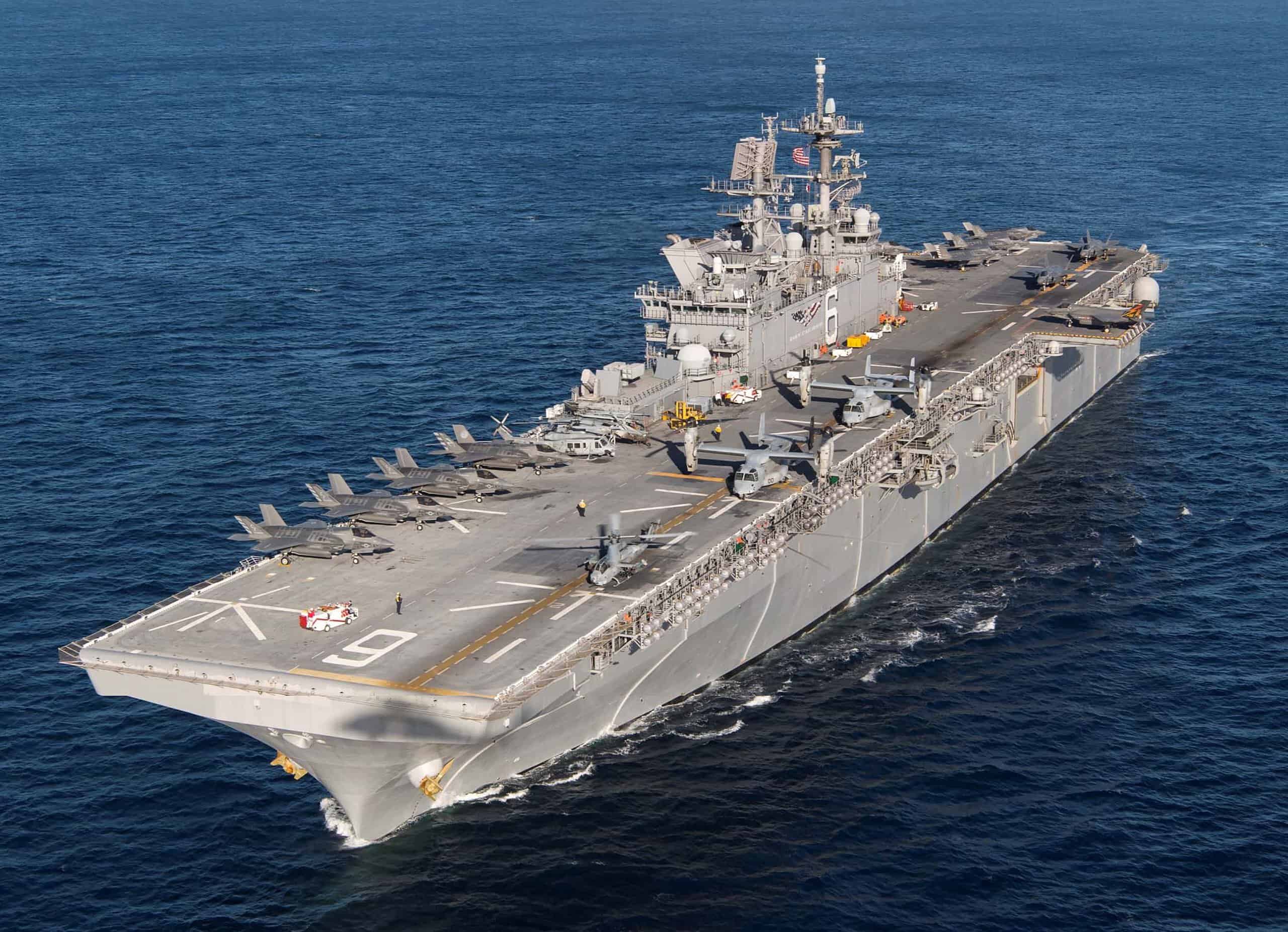
Named after its country, the USS America is the flagship of the America-class amphibious assault ship, of which the United States currently has two in active service, with three more on the way. The ship’s primary mission is to be the flagship of any expeditionary fighting force to land Marines anywhere in the world, supported by the ship’s complement of Harrier, Osprey, helicopter, and fixed-wing aircraft. The ship is powered by two gas turbines capable of moving the ship up to 25 knots.
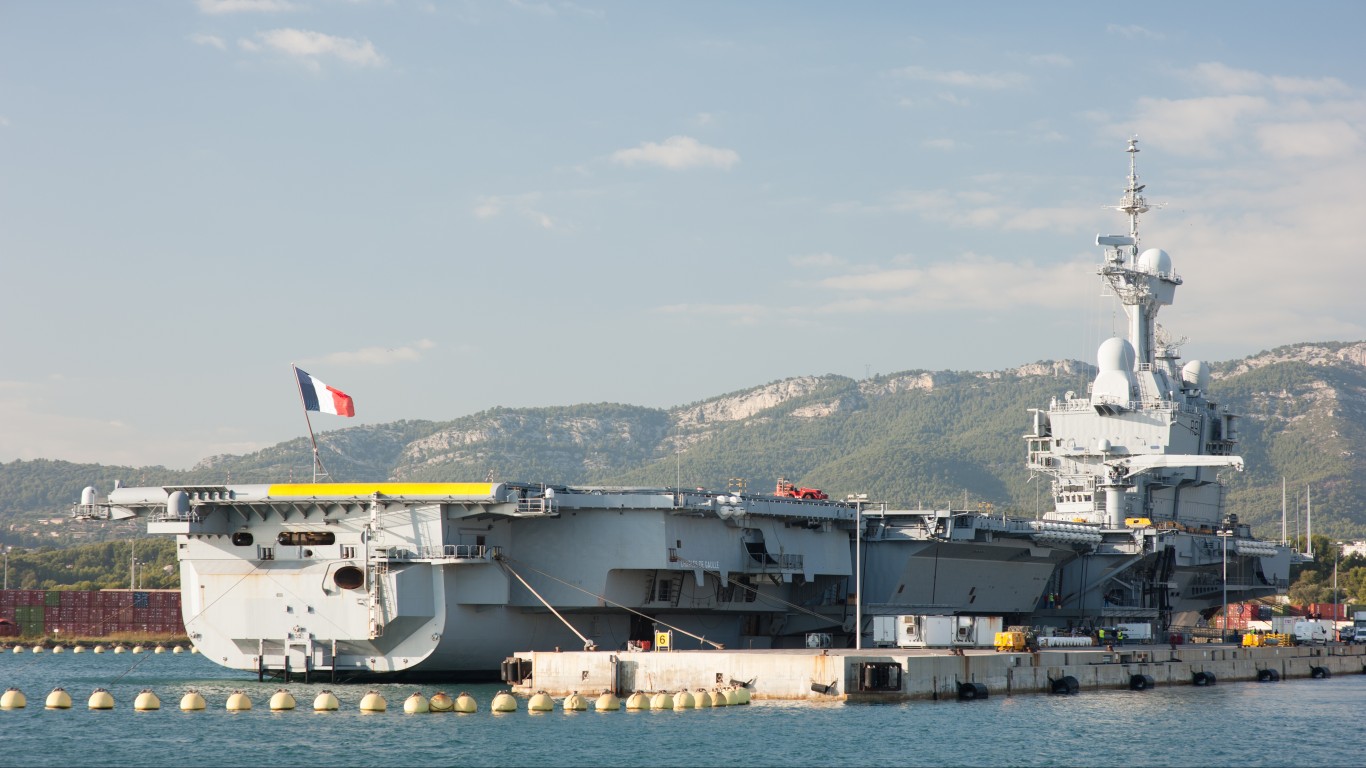

The centerpiece of the French Navy, the Charles de Gaulle is the country’s 10th aircraft carrier but its first nuclear-powered surface vessel. This makes the Charles de Gaulle the only nuclear-powered carrier not used by the US Navy. Carrying up to 40 different aircraft, the Charles de Gaulle can hold around 45 days of food with unlimited distance and carry up to 800 commandos at any time. The ship also has four surface-to-air missile launches, short-range missiles, and 20mm autocannons.
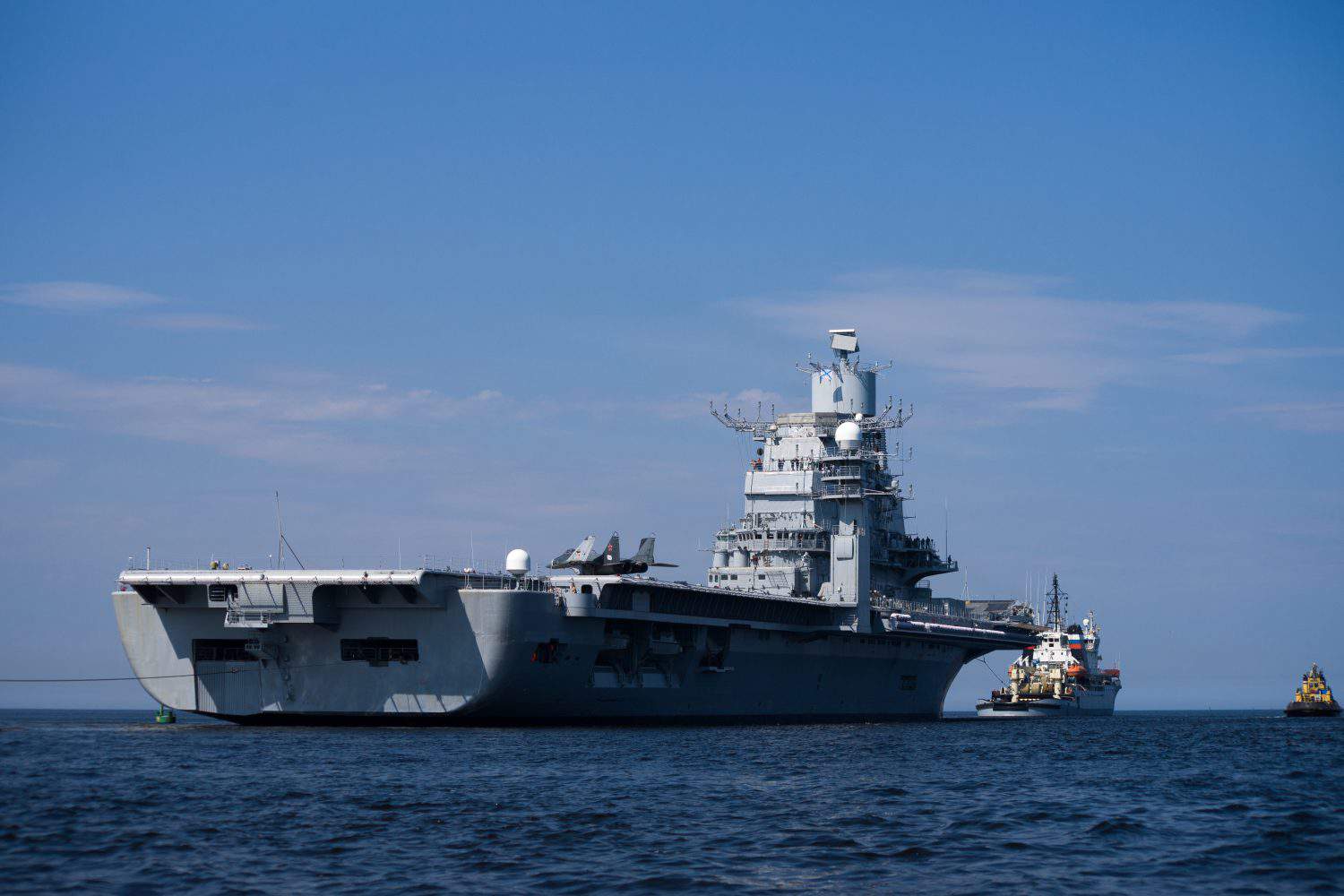
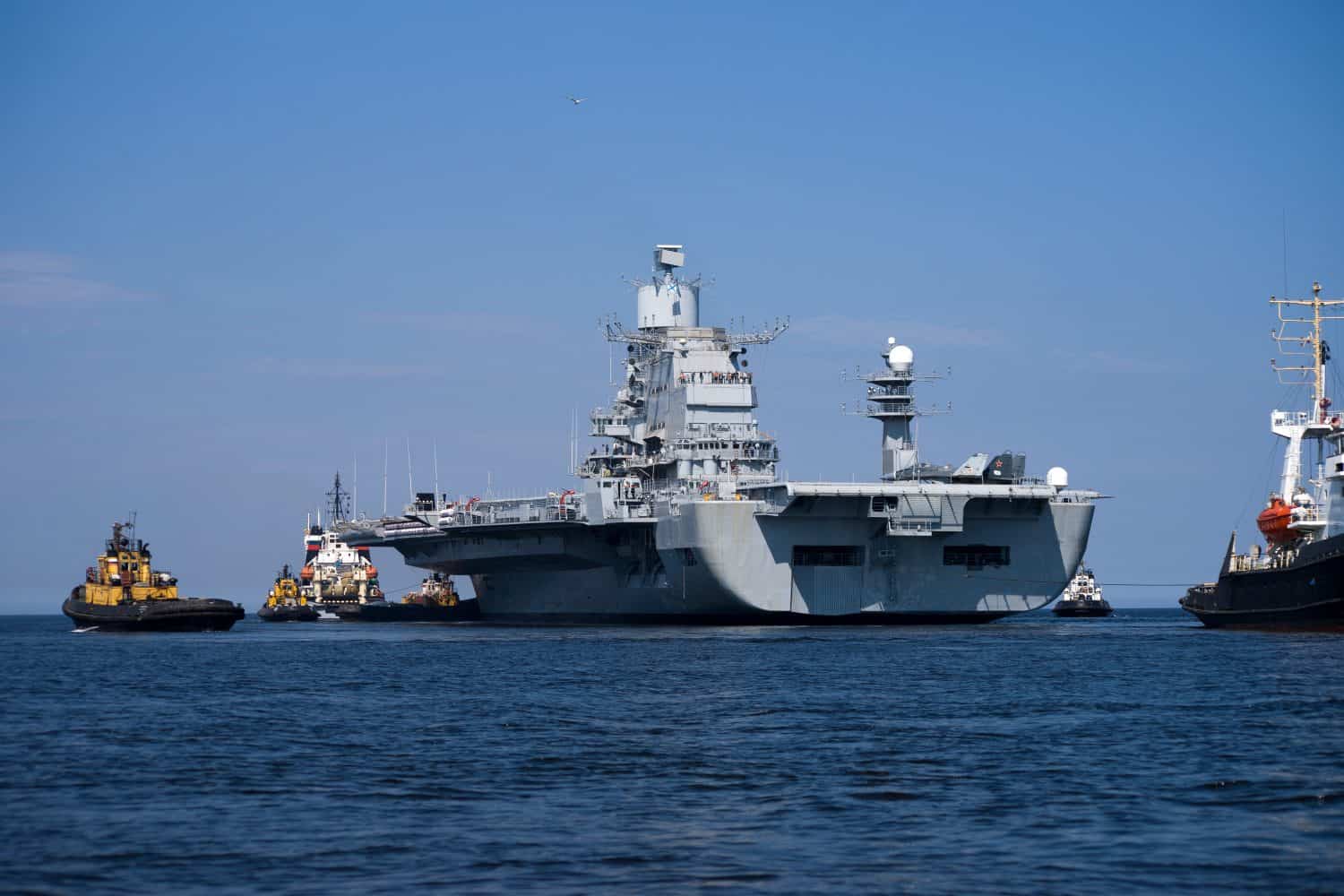
India’s fourth aircraft carrier and the first to be built in-country, the INS Vikrant, was commissioned in September 2022. Currently in service using four gas-turbine General Electric engines, the name Vikrant is a tribute to the country’s first aircraft carrier, launched in 1961. Standing for “courageous,” the Vikrant is one of two aircraft carriers in the Indian Navy. The ship holds up to 36 fixed-wing and rotary aircraft, carrying four CWIS defensive weapons and 2 SAM missile launchers.
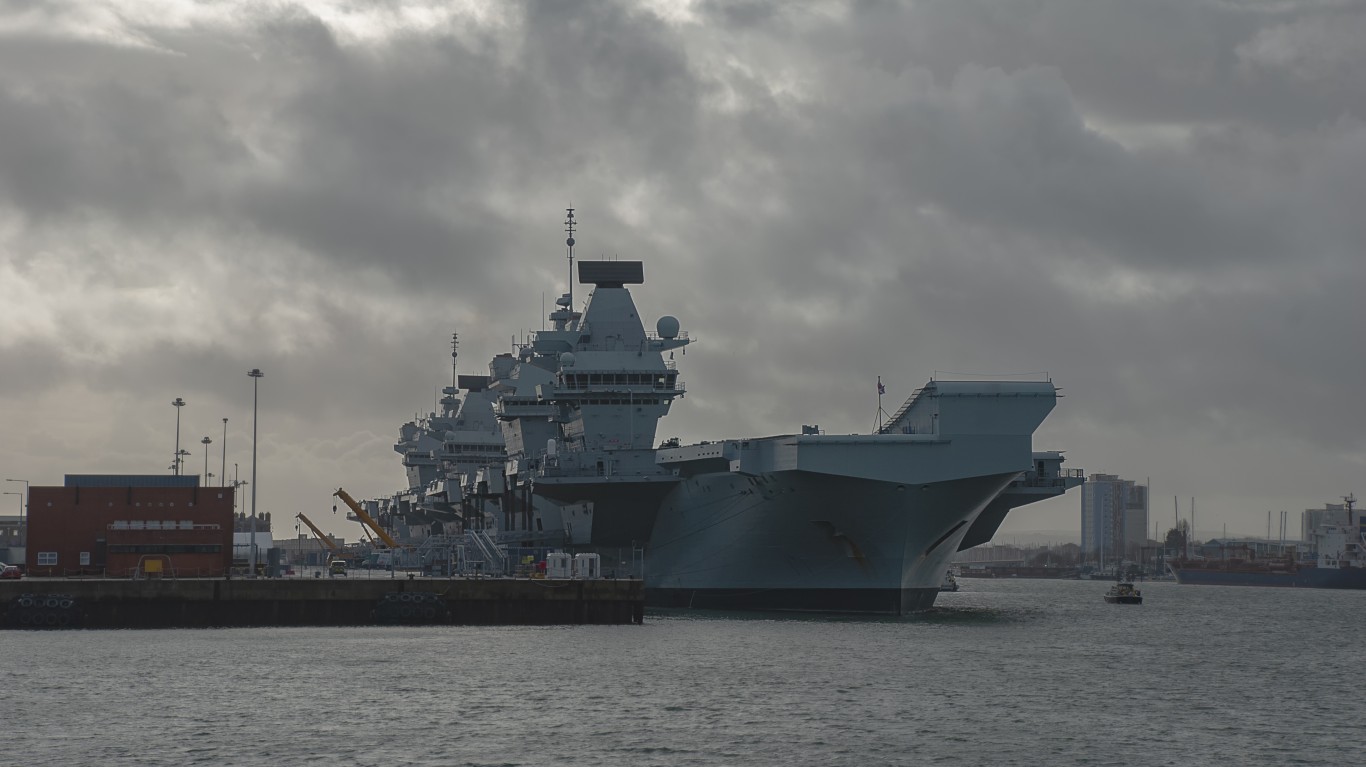
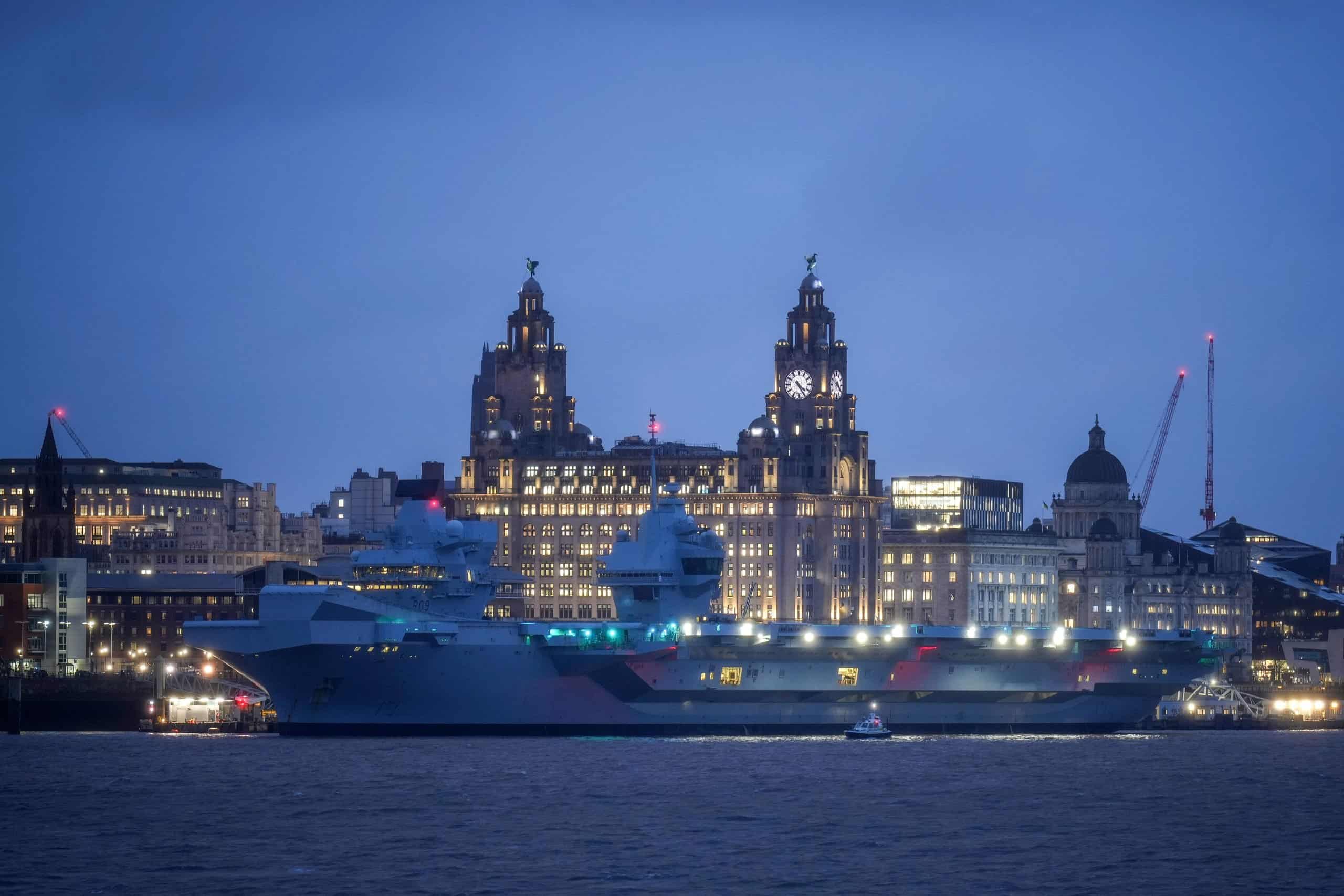
One of two identical aircraft carriers in the United Kingdom’s fleet, the HMS Prince of Wales, was commissioned in December 2019. The ship is the eighth vessel in the Royal Navy to bear the name Prince of Wales. Like its sister ship, the Prince of Wales can hold up to 65 different aircraft. Its defensive measures include CIWS, heavy machine guns, and Mk2 guns, as well as the F-35 Lightning II attack aircraft.
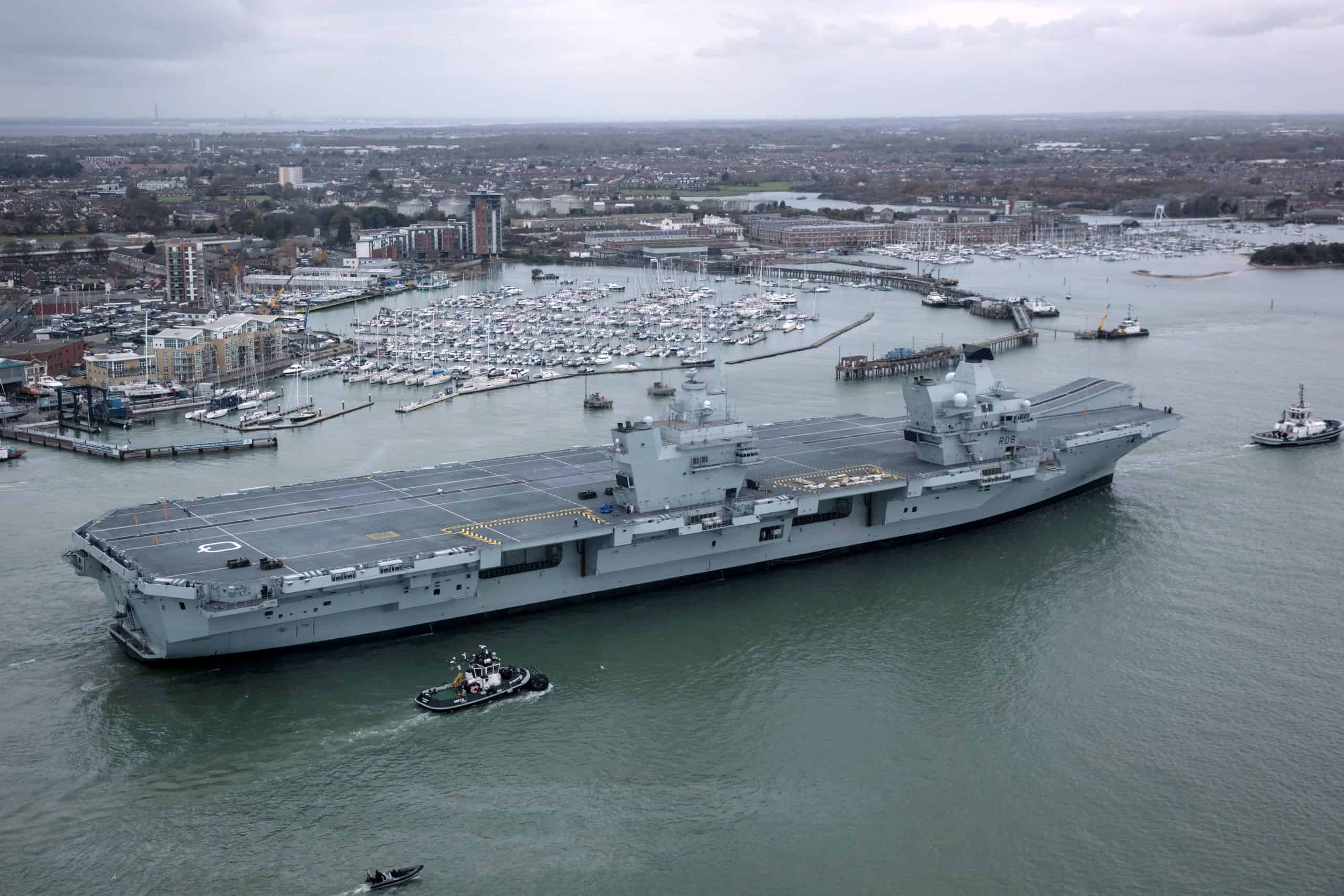
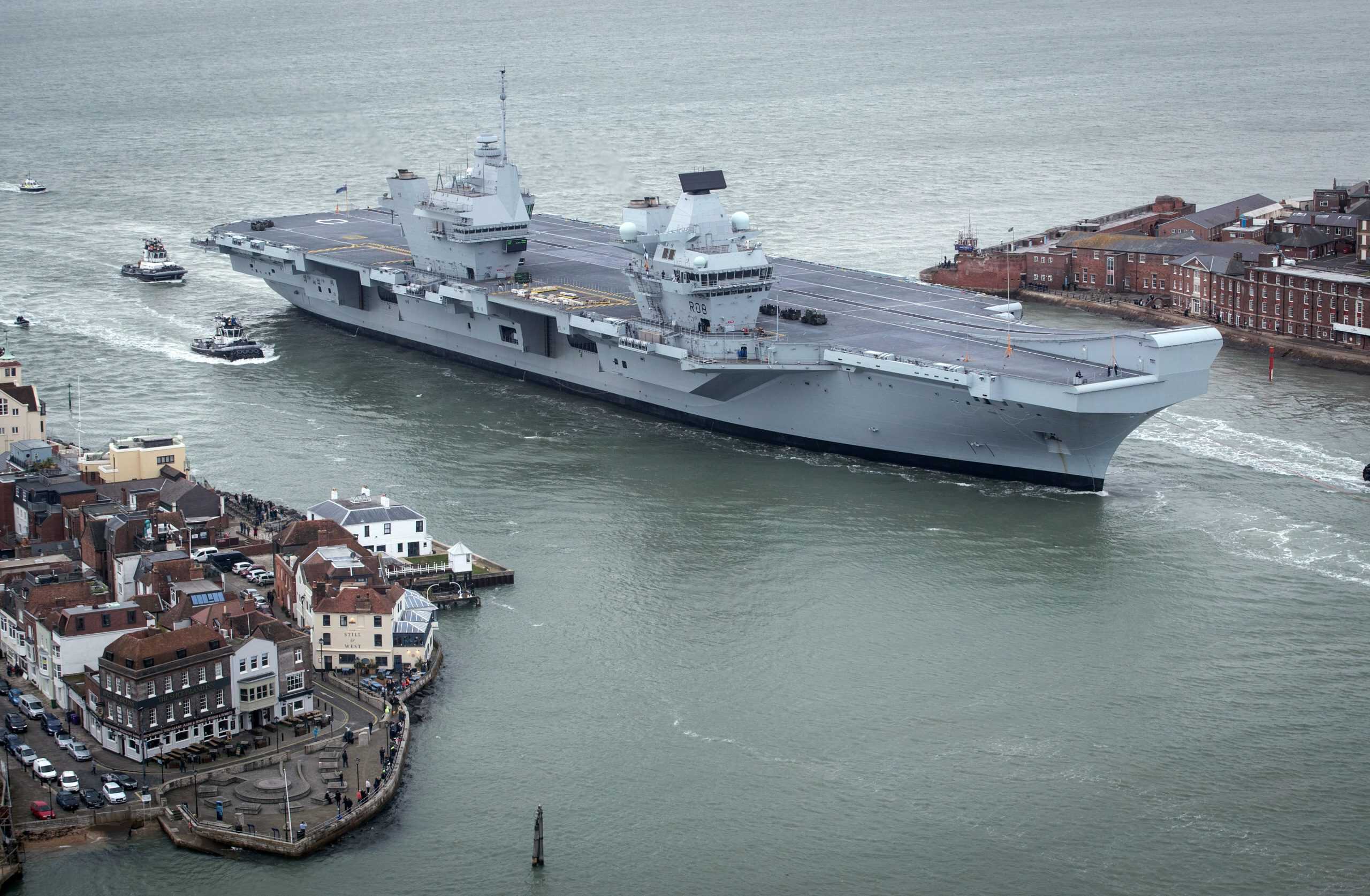
Arguably the fastest aircraft carrier in the world, the United Kingdom’s HMS Queen Elizabeth can push 32 knots. Using conventional propulsion, the Queen Elizabeth can carry up to 36 aircraft or 65 combined aircraft and helicopters, including the F-35B Lightning II. The Queen Elizabeth is also armed with multiple defensive measures, including CIWS, MK2 guns, and 6 Browning .50 caliber heavy machine guns.

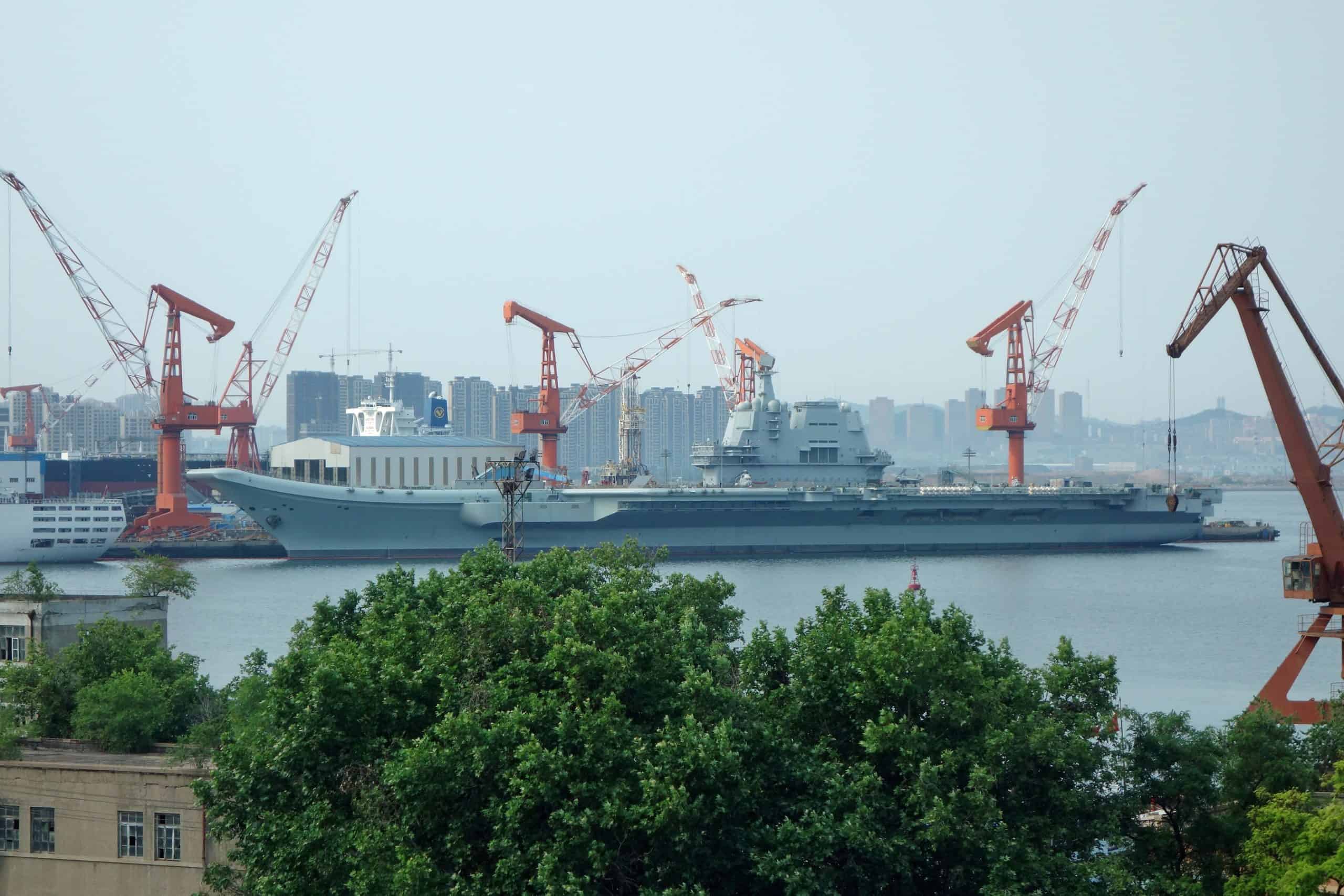
Launched in 2017, the People’s Republic of China’s first domestically built aircraft carrier was the Shandong, a 1,000-foot-long Type 002 ship. Designed similarly to aircraft carriers the Soviet Union built, the Shandong includes a ski-jump ramp to help propel aircraft off the ship. This contrasts with the catapult method that other nations, like the United States, use. The vessel is suspected to be using four conventional steam turbines for power.
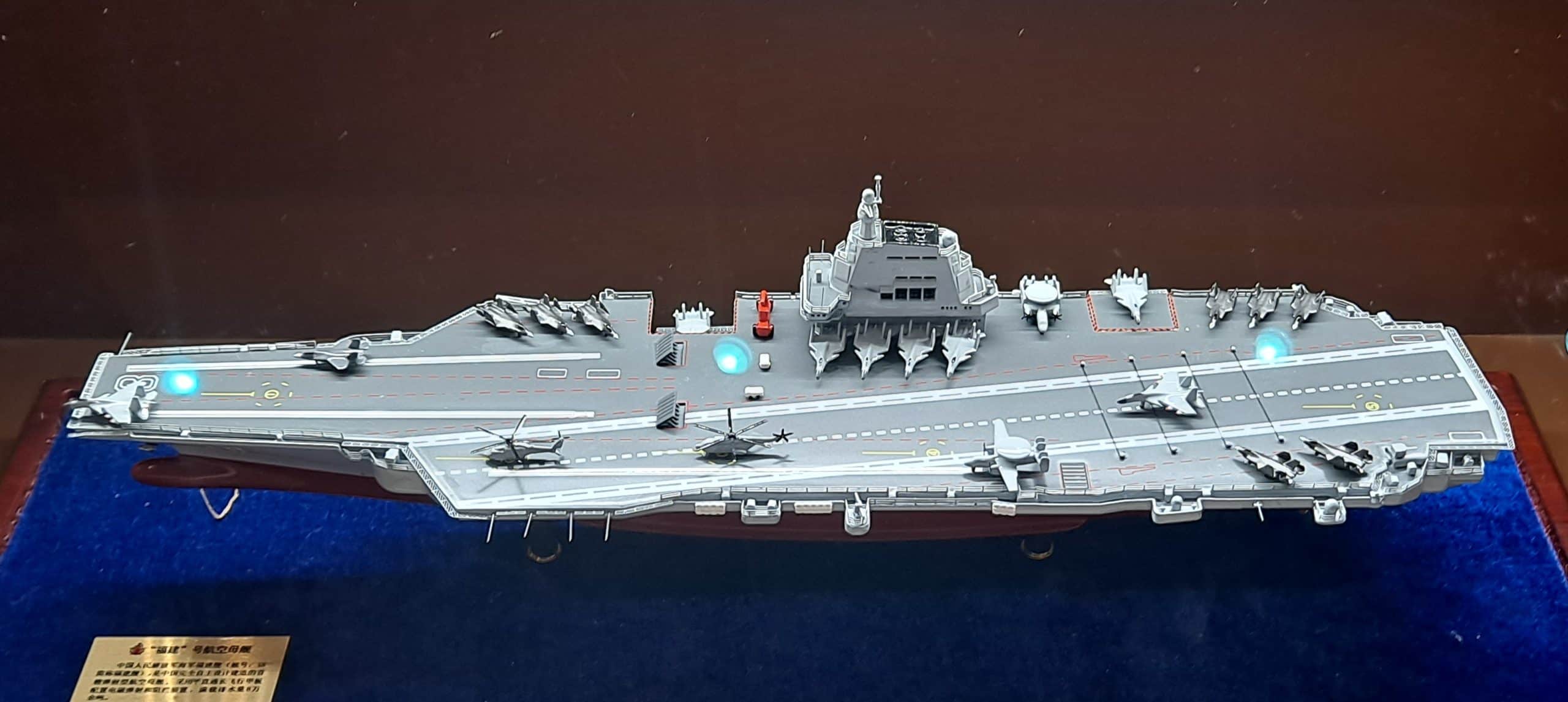
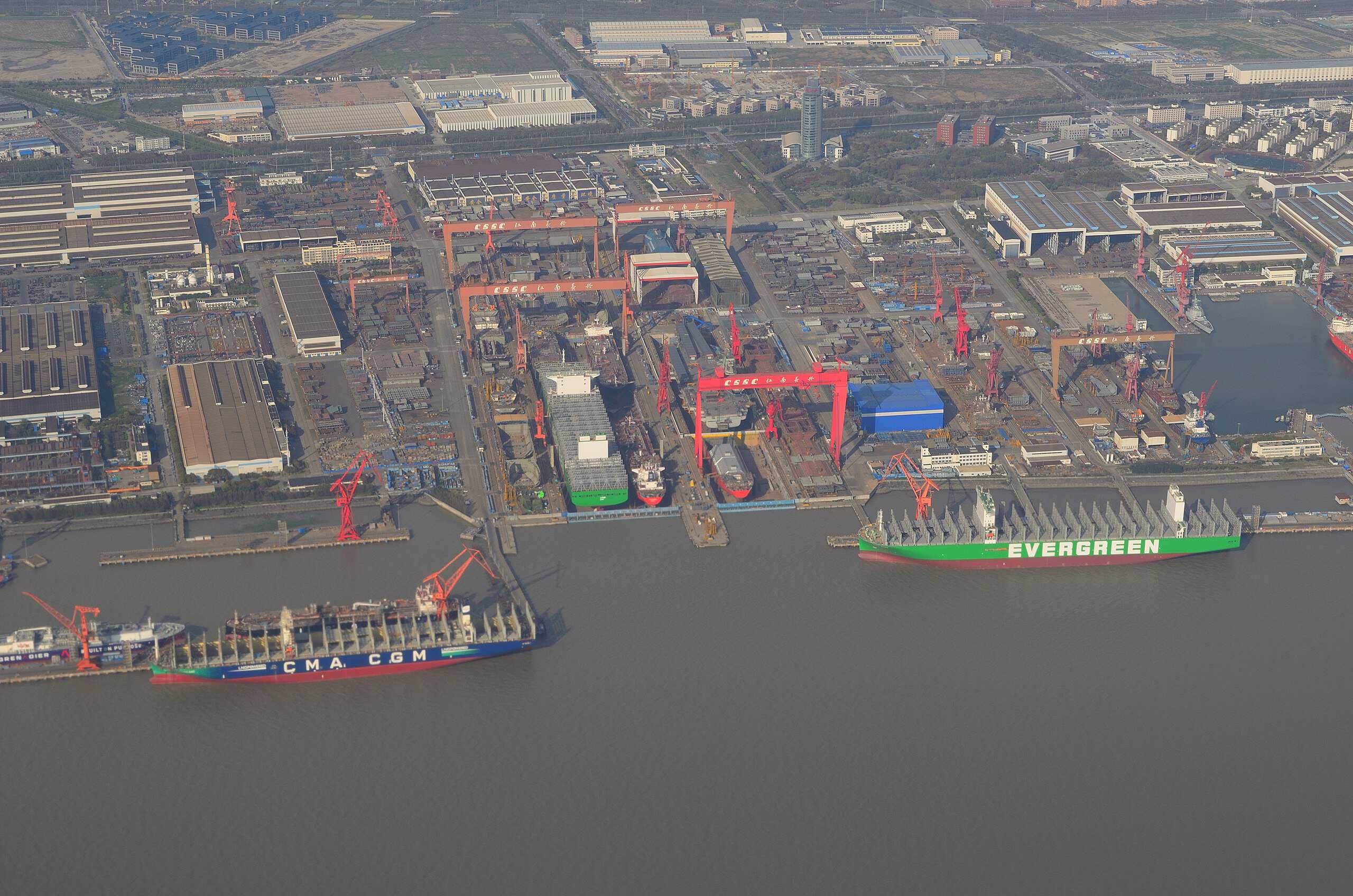
Currently undergoing sea trials, the Fujian-class Fujian aircraft carrier will be China’s first catapult-assisted aircraft carrier. Although it is believed to be the largest aircraft built outside the United States, details remain heavily protected by the Chinese government. What is known is that the ship is expected to be able to hold 40 fixed-wing aircraft and 12 helicopters and be powered by a combination of steam turbines and diesel generators.
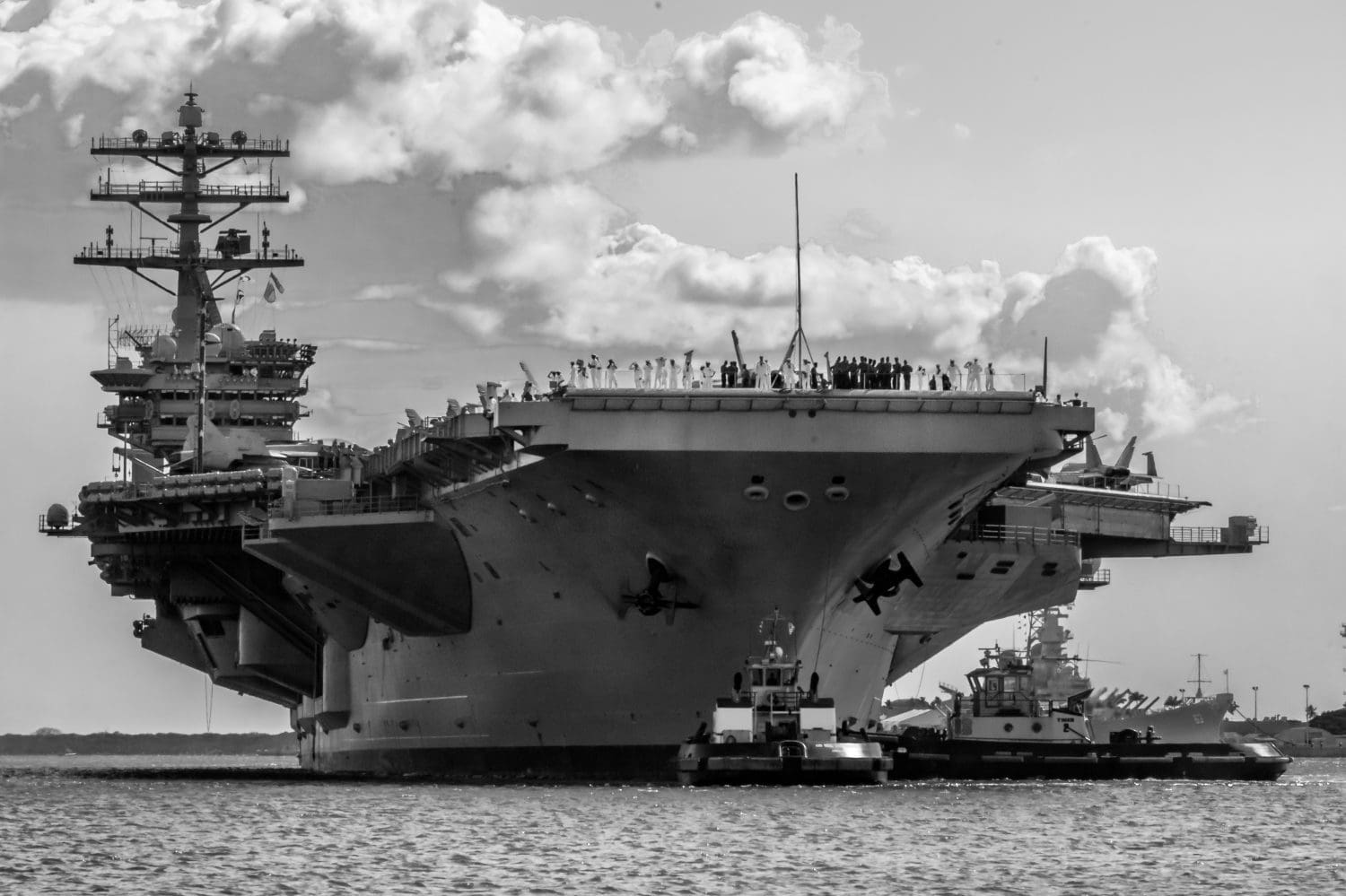
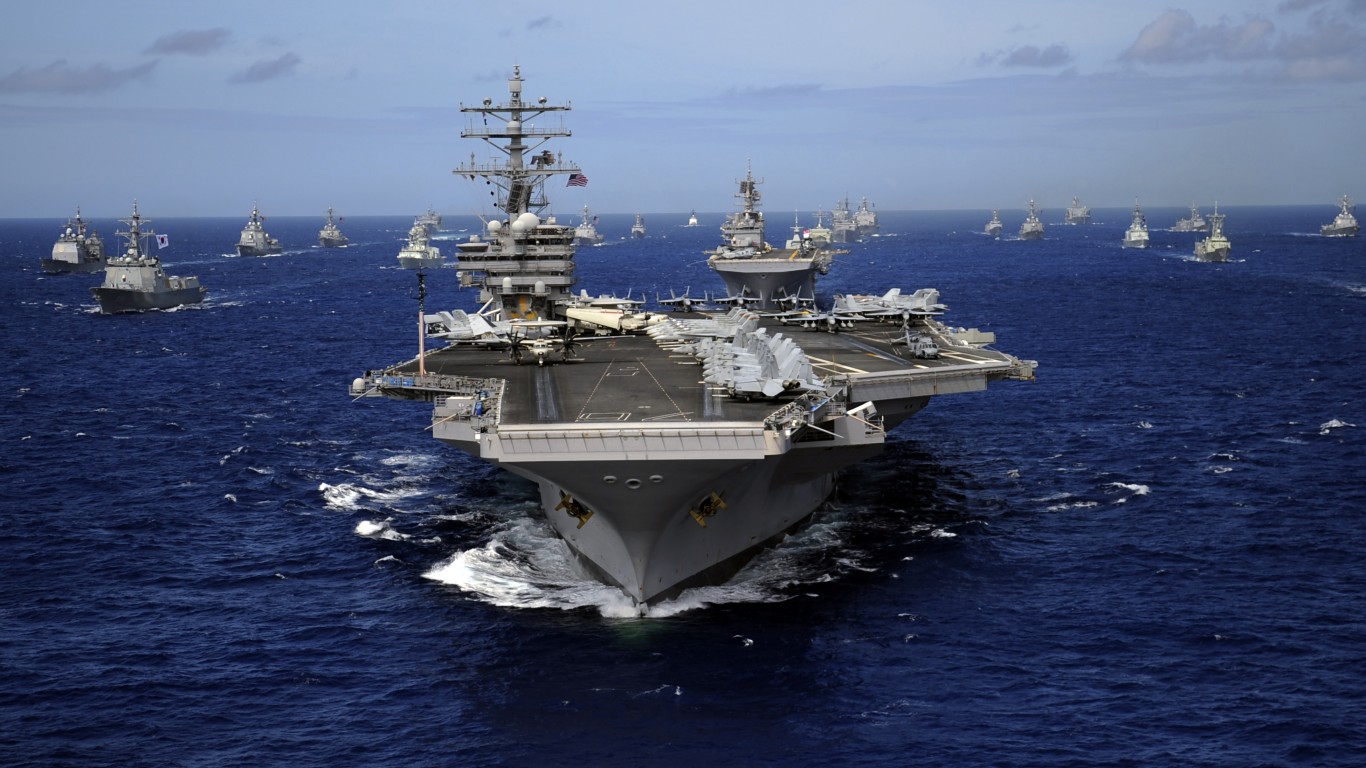
The namesake of the Nimitz-class aircraft carrier, the USS Nimitz has long been a flagship of the US aircraft carrier fleet. Holding over 90 fixed-wing aircraft and helicopters, the Nimitz includes many defensive weapons, including sea sparrows, rolling airframe missiles, phalanx CIWS, and fifty-caliber turrets. Nuclear-powered, the Nimitz has been sailing since 1967 and is now the oldest aircraft carrier in the world.

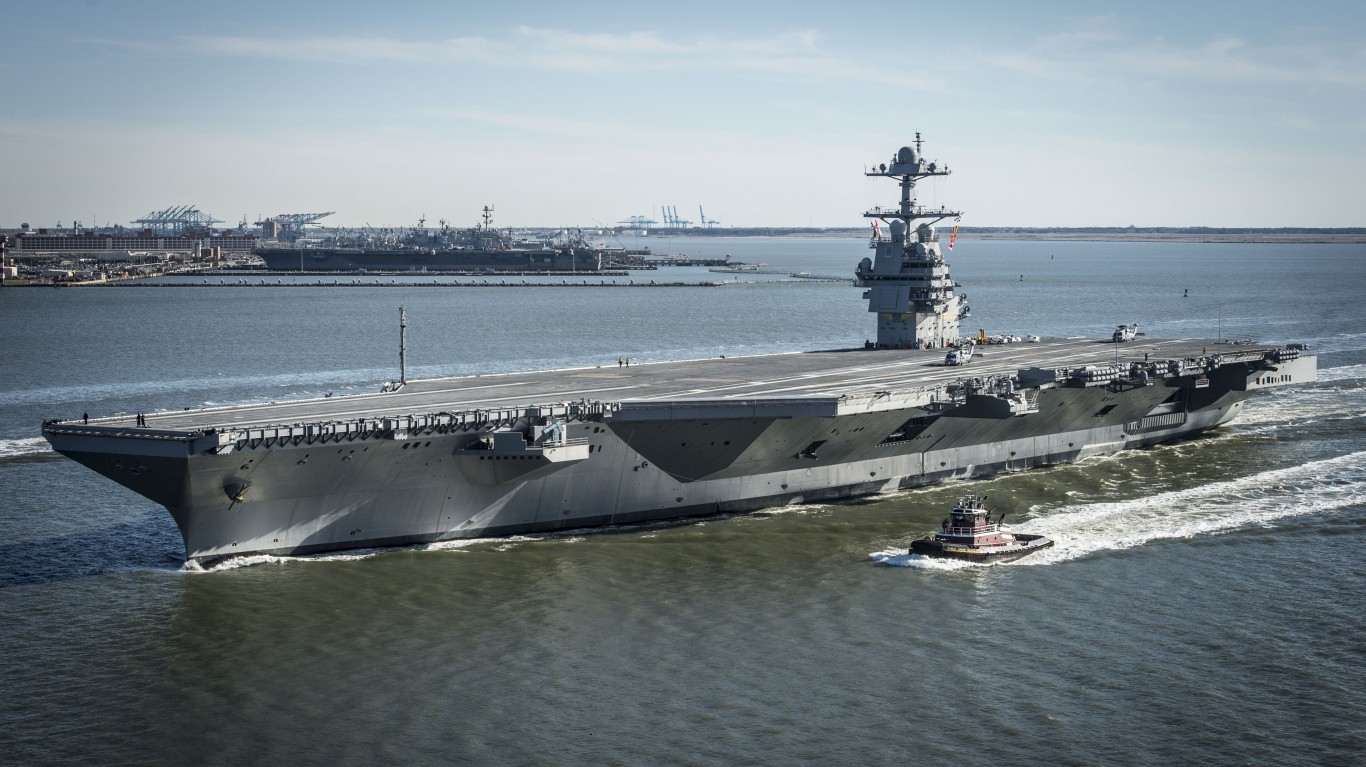
The first in what will see a series of nuclear-powered aircraft carriers for the United States Navy, the US intends to include 10 ships to replace its current aircraft carrier lineup. Named for former US President Gerald R. Ford, the ship was commissioned into service in July 2017. With approximately 4,500 crew members on board, this floating city includes 75 aircraft, surface-to-air missiles, and many defensive guns.
Start by taking a quick retirement quiz from SmartAsset that will match you with up to 3 financial advisors that serve your area and beyond in 5 minutes, or less.
Each advisor has been vetted by SmartAsset and is held to a fiduciary standard to act in your best interests.
Here’s how it works:
1. Answer SmartAsset advisor match quiz
2. Review your pre-screened matches at your leisure. Check out the advisors’ profiles.
3. Speak with advisors at no cost to you. Have an introductory call on the phone or introduction in person and choose whom to work with in the future
Thank you for reading! Have some feedback for us?
Contact the 24/7 Wall St. editorial team.